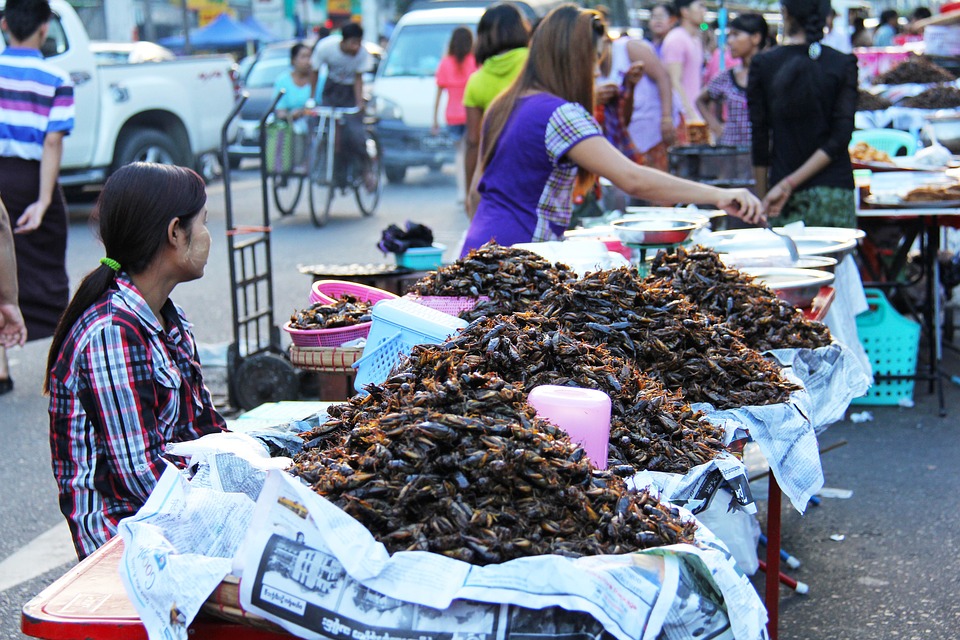Forget space food. The food of our future has six legs and antennas.
Finding environmentally friendly and sustainable sources of protein is certainly one of the most discussed issues in the early 21st century. The main reasons are the growing population and the increasing demands on animal production, which are unsatisfactory in the long run. Insects are currently considered as one of the promising alternatives. Insects are known as a source of high-quality protein. They are part of the diet of populations in more than 100 countries. However, its nutritional value depends on many factors, including the species, diet or sex of a particular insect. Knowledge of the factors that affect the nutritional composition of insects is therefore one of the key assumptions for the successful optimization of insect breeding technology.
Team of experts from our faculty described the influence of the developmental stage of insects on the quantity and quality of the contained essential nutrients. The model species for this experiment were cockroaches (Blaberus craniifer) and mealworms (the larval form of Zophobas morio). There was no significant difference in the content of basic nutrients or protein quality between mealworms harvested at the age of 60, 90 and 120 days. In contrast, adults of cockroaches contained significantly more protein and less fat than nymphs of the same species. Based on the calculations of atherogenicity (fat storage) and thrombogenicity (ability to cause thrombosis) indices, it was found that fat quality increased with age in cockroaches, while in mealworms decreased. The results of this work show that the stages of insect development affect its nutritional value. The differences between the individual larval stages are not as significant as the differences between juvenile and adult insects. The acquired knowledge is valuable not only for the scientific community dealing with the nutritional quality of food, but also for edible insect breeders. By managing the time of insect harvest at a certain developmental stage, they can produce insect with the required nutritional parameters according to the demand of the processor or consumer.
The complete scientific paper can be found here:
KULMA, Martin, Lenka KOUŘIMSKÁ, Dana HOMOLKOVÁ, Matěj BOŽIK, Vladimír PLACHÝ a Vladimír VRABEC. Effect of developmental stage on the nutritional value of edible insects. A case study with Blaberus craniifer and Zophobas morio. Journal of Food Composition and Analysis [online]. 2020, 92 [cit. 2020-11-19]. ISSN 08891575. Dostupné z: doi:10.1016/j.jfca.2020.103570

